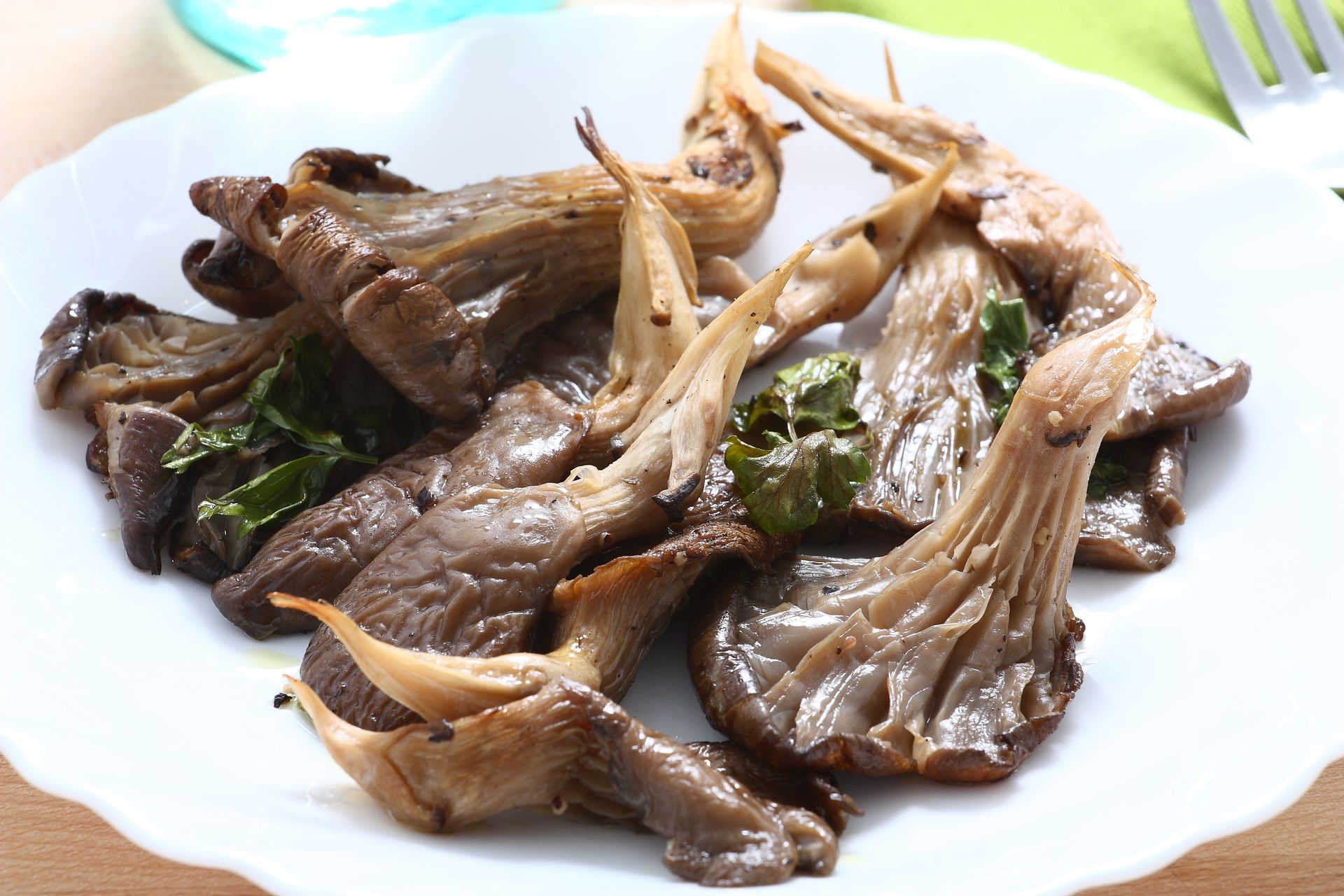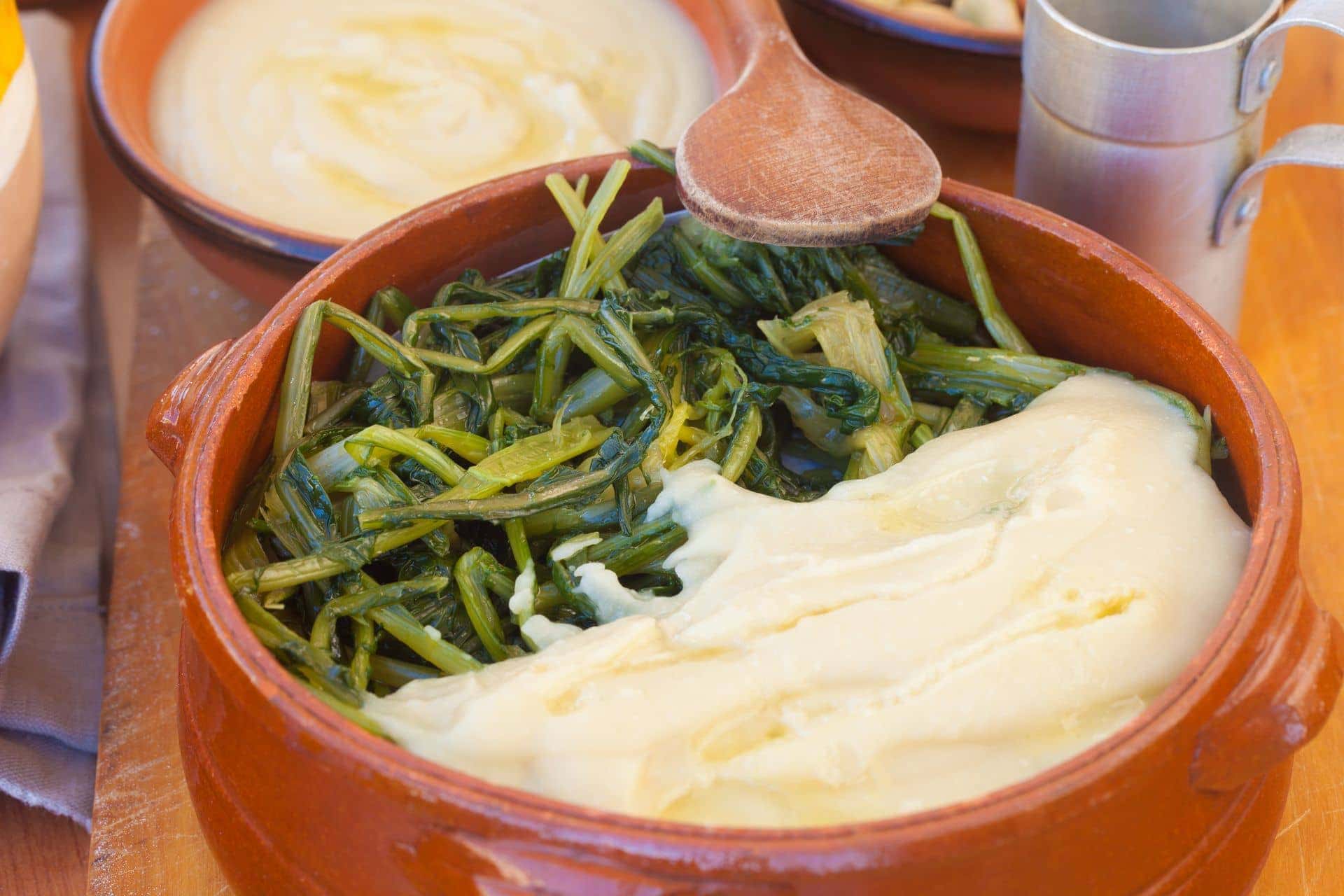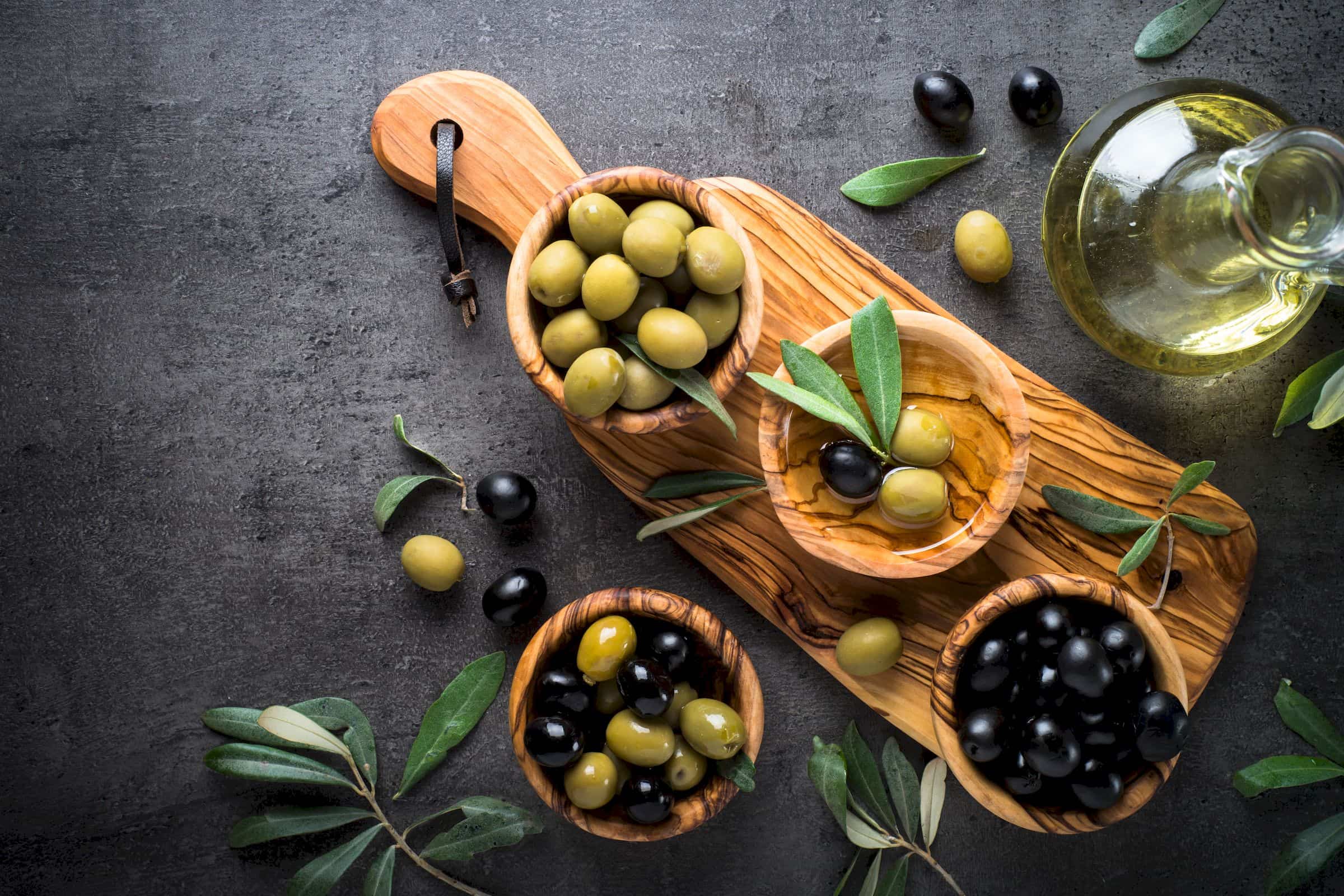When autumn arrives in Puglia, the landscape and the table transform together. The golden fields and olive groves mirror the rich hues of the season — ochre, amber, and green — and the local cuisine celebrates comforting, earthy flavours. From foraged vegetables to ancient recipes, autumn in Puglia is the season of warmth, harvest, and authenticity.
Discover these five traditional foods that locals love — best enjoyed with a glass of new Apulian wine and the company of good friends.
DISCOVER OUR LUXURY VILLAS1. Lampascioni – The Wild Treasure of Puglia
Lampascioni are small wild onions, prized for their slightly bitter yet distinctive flavour. Rich in nutrients, they are a symbol of rustic Apulian cuisine. Traditionally, they are boiled, fried, or preserved in olive oil — a process requiring patience and care.
Before cooking, locals soak the bulbs in water for a day to soften their bitterness. Once prepared, their taste is uniquely satisfying — earthy, intense, and deeply authentic.
Local tip: Try them fried and drizzled with extra virgin olive oil from the Valle d’Itria.

2. Cardoncelli mushrooms – The Jewel of the Murge Plateau
Grown naturally on the limestone plains of the Murge Plateau, the Cardoncello mushroom is one of Puglia’s culinary icons. Firm, meaty, and aromatic, it retains its texture when cooked — ideal for grilling, frying, or roasting.
These mushrooms elevate every dish, from handmade orecchiette to grilled meats. Their flavour embodies the very soul of autumn in southern Italy: rich, earthy, and generous.


3. Wild Chicory with Fava Bean Purée – The Taste of Tradition
Few dishes capture Apulia’s rural roots like wild chicory and fava bean purée. This humble yet beloved combination represents the perfect balance between bitterness and sweetness — a celebration of cucina povera elevated to culinary art.
Wild chicory is often foraged in the fields, then sautéed with garlic and olive oil. Paired with the creamy texture of fava beans, it becomes a dish that comforts and nourishes, both body and soul.
In the past, chicory roots were roasted as a coffee substitute — another reminder of how deeply nature inspires Apulian traditions.


4. Fresh Olives – The Essence of Puglia
Olives are more than a food in Puglia; they are a cultural emblem. While most are pressed into the region’s world-renowned extra virgin olive oil, some varieties — like the sweet “olive Nolche” — are enjoyed fresh.
Typically fried with salt, cherry tomatoes, or small peppers, these “sweet olives” release an irresistible aroma. Slightly bitter with a hint of sweetness, they embody the heart of Apulian simplicity. Once you taste one, it’s impossible to stop.


5. Quince Cotognata – A Sweet Autumn Memory
The Cotognata, a delicacy born in Lecce, is a jewel of Apulian confectionery. Made from quinces, this dense jelly captures the fruit’s fragrance and natural sweetness.
Prepared in early autumn, it was traditionally stored to be enjoyed all winter long — served in elegant molds as a golden, translucent dessert. Whether spread on bread or paired with local cheeses, cotognata is a nostalgic taste of Puglia’s past that continues to charm every generation.


Autumn in Puglia: A Feast for the Senses
Autumn is the perfect season to explore Puglia through its food. Local markets overflow with seasonal treasures, and family-run trattorias serve dishes that tell stories of land, love, and time.
